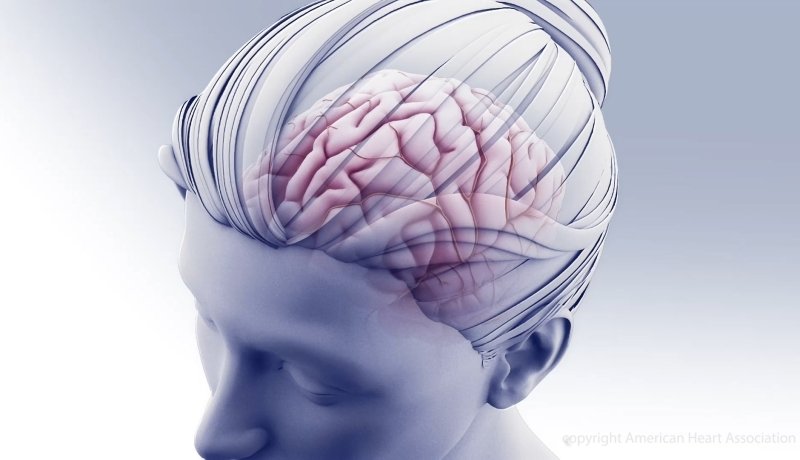The latest medical device developed by Florida-based incubator Syntheon wasn’t acquired by a medtech giant like Johnson & Johnson, Boston Scientific or Edwards—as many of its past offerings have been—but will instead serve as the basis for an entirely new startup.
The new company, RapidPulse, launched this week with $15 million in series A financing under its belt. The funding round was led by Santé Ventures with additional participation from Syntheon and other venture capital firms. Those earnings will support the continued development of the RapidPulse Cyclic Aspiration System, initially designed by Syntheon.
The technology was created to treat ischemic stroke patients by using a novel aspiration pump to quickly and consistently suction out blood-blocking clots that form in the arteries leading to the brain. RapidPulse is also developing its own line of catheters designed to be used in tandem with the pump.
“Stroke is the second-leading cause of death and the third-leading cause of disability worldwide, and minutes matter in improving these outcomes. This investment will help us expand our clinical results and move towards regulatory approval in the United States,” Sean McBrayer, RapidPulse’s first CEO, said in a statement.
McBrayer is also a co-founder of Syntheon, where he’s served as CEO since early 2017. He’ll be joined by Heather Harries, vice president of product development, and Cynthia Yang, vice president of clinical and regulatory affairs. Harries previously worked as a vice president and general manager at Terum Aortic, which develops devices to treat aortic and peripheral vascular disease.
Yang, meanwhile, joined RapidPulse after a stint as senior manager of clinical services in the acute ischemic stroke division of Medtronic. Prior to that, she spent several years in leadership roles at RapidAI, developer of an artificial-intelligence-powered neuroimaging stroke software platform.
RapidPulse is not alone in developing new technology to identify and treat ischemic stroke and help patients recover afterward.
Companies such as Scientia Vascular and Viz.ai have raked in tens of millions in venture funding for their own stroke-related technologies: The former is developing a line of microcatheters and guidewires used in operations to treat both ischemic and hemorrhagic stroke, while Viz.ai has built a software platform that uses AI to scan CT images of the brain to detect signs of stroke.
Earlier this year, the FDA issued a rare approval to a brain-computer interface developed by Neurolutions. The Ipsihand Upper Extremity Rehabilitation System transmits neurological signals on the side of the brain not affected by stroke to a wirelessly connected hand brace, allowing stroke patients to relearn how to grasp objects.

